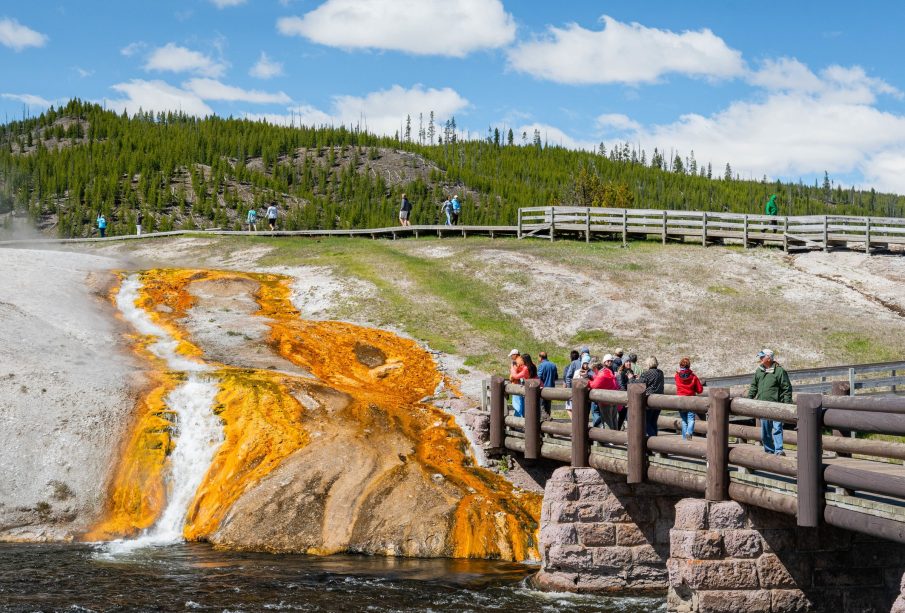Discovering the Wonders of Yellowstone National Park

Introduction to Yellowstone National Park
Yellowstone National Park, established in 1872, holds the distinction of being the first national park in the United States and widely considered the first in the world. Spanning over 3,400 square miles across Wyoming, Montana, and Idaho, it is known for its unique geothermal features, diverse wildlife, and incredible landscapes. As a UNESCO World Heritage Site, Yellowstone attracts millions of visitors each year, making it a pivotal site for tourism and conservation.
Geothermal Features
Yellowstone is home to approximately half of the world’s active geysers, including the famous Old Faithful geyser, which erupts regularly, offering spectacular displays of water and steam. The park’s geothermal features, including hot springs, mud pots, and fumaroles, are the result of volcanic activity beneath the earth’s crust. The Steamboat Geyser, which is the tallest active geyser, can shoot water up to 300 feet in the air, making it a fascinating site for visitors.
Wildlife and Biodiversity
The park is also famed for its rich biodiversity. It is inhabited by a variety of wildlife, including bison, elk, grizzly bears, wolves, and numerous bird species. In recent years, the reintroduction of wolves has revitalised ecosystems, showcasing the delicate balance of wildlife within the park. The ongoing study and protection of its diverse species underline the importance of conservation efforts in preserving these natural habitats.
Visitor Experience and Activities
Yellowstone national park offers a myriad of recreational activities for visitors throughout the year, including hiking, fishing, camping, and wildlife viewing. The park’s scenic drives, such as the Grand Loop Road, provide access to must-see landmarks and breathtaking views. In winter, snowshoeing and cross-country skiing transform the landscape into a winter wonderland, attracting a different kind of outdoor enthusiast.
Conclusion
As Yellowstone National Park continues to be a cornerstone of environmental education and public enjoyment, its relevance in today’s society remains significant. As visitors become increasingly aware of climate change and its impact on natural wonders, Yellowstone stands as a testament to nature’s beauty and a call to protect it. The future of Yellowstone relies heavily on responsible tourism and continued advancement in conservation efforts, urging all who visit to cherish and protect this national treasure.







